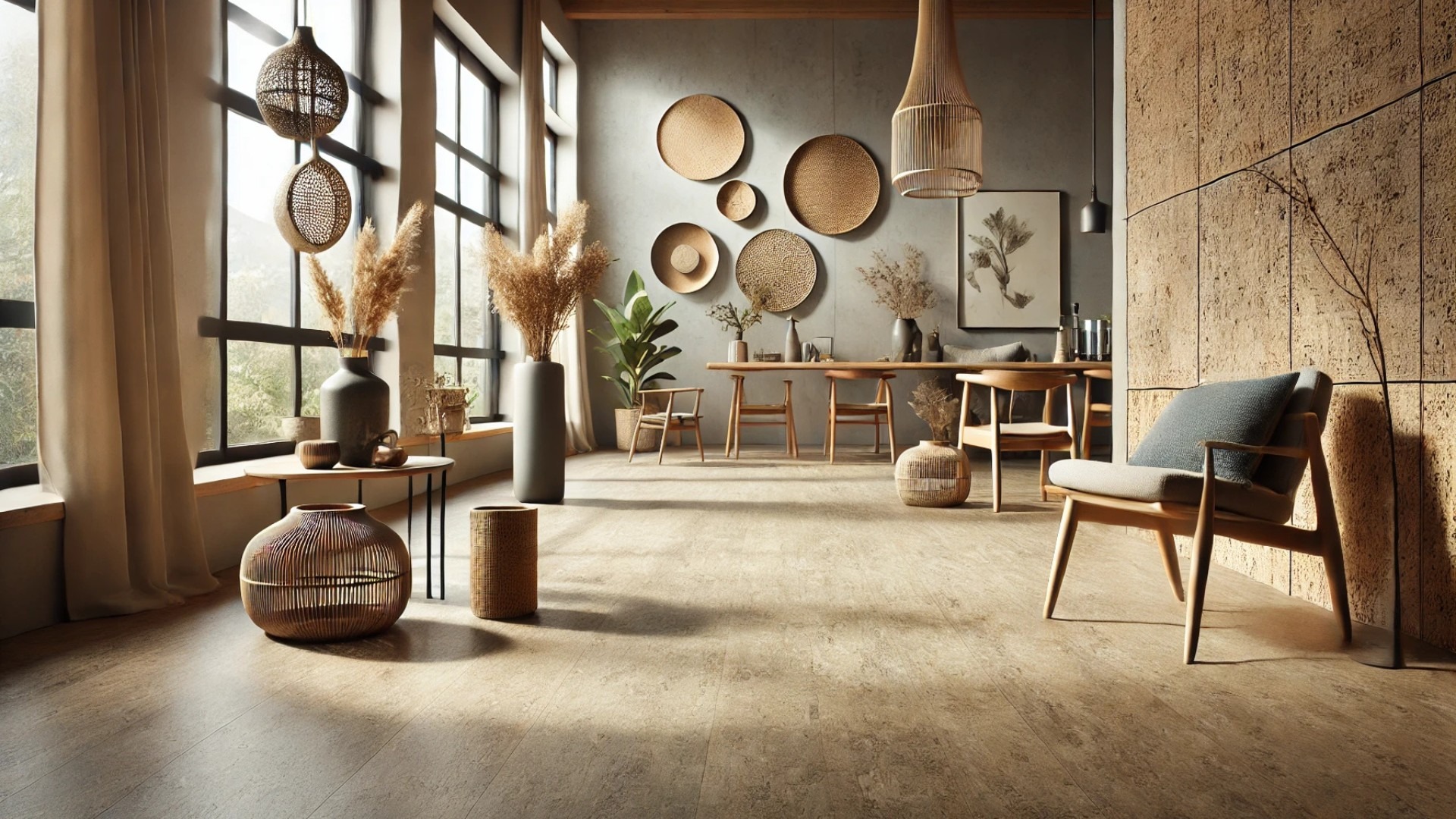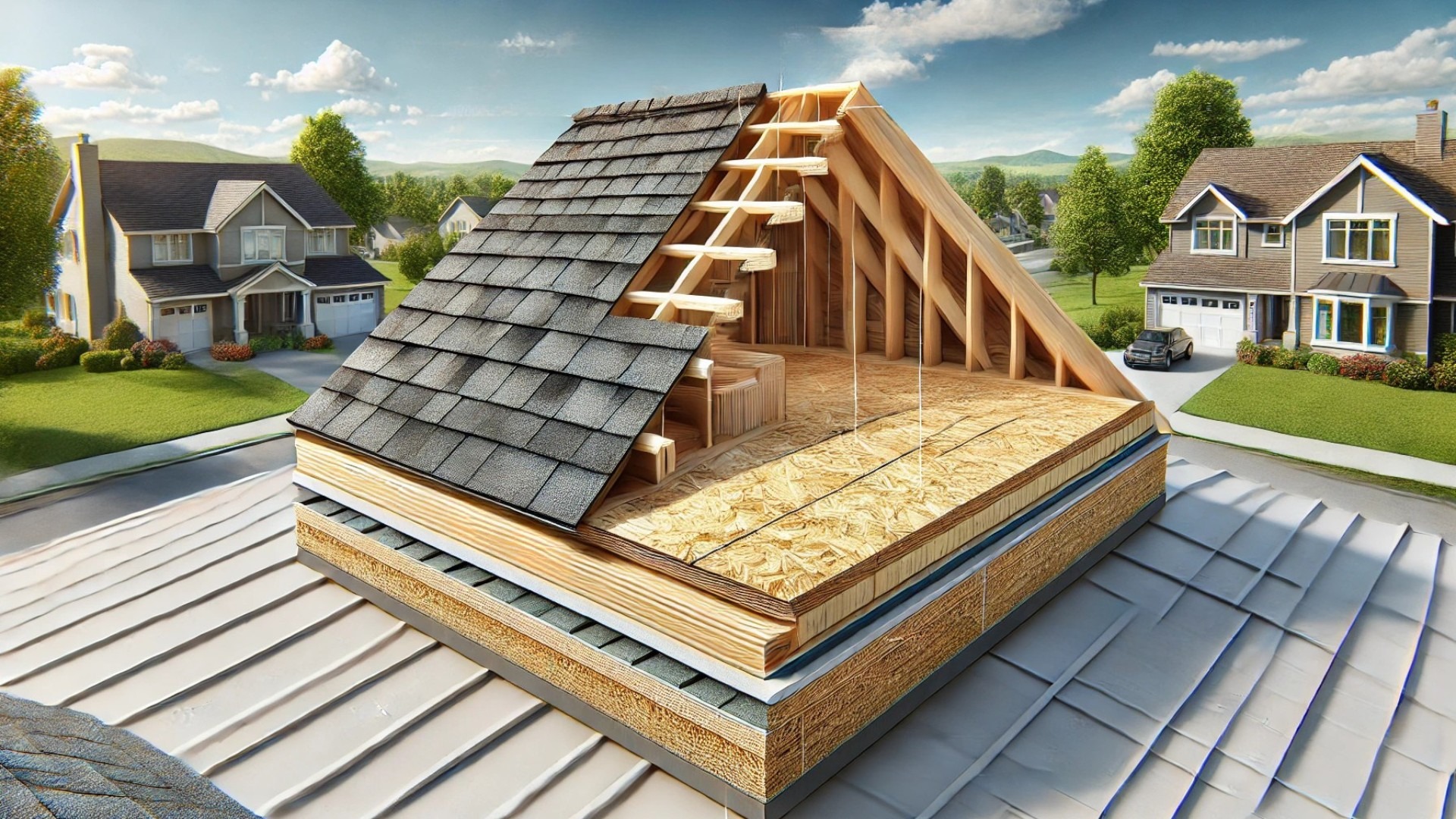
Understanding Linoleum: A Sustainable Choice for Your Home
Linoleum flooring has had a unique journey since its invention in 1860. Often overlooked, this material brought sustainable design to the forefront long before it became a trendy topic. Arising from a blend of linseed oil, cork dust, wood flour, and jute, linoleum is a natural product that boasts remarkable durability and a low environmental impact. For homeowners who value craftsmanship and sustainability, linoleum flooring can be an appealing choice.
Why Linoleum Is Different from Vinyl
In today's market, linoleum and vinyl are frequently compared due to their similar appearances. But knowing the difference is crucial for making informed design decisions. While vinyl flooring consists of petrochemicals—a synthetic product introduced in the 20th century—linoleum is a biodegradable option stemming from all-natural materials. This quality makes linoleum not only eco-friendly but also a healthier flooring alternative, with studies indicating it releases 90% fewer VOCs than standard vinyl options.
The Comeback of Linoleum in Modern Design
The return of linoleum into contemporary homes signals an increasing trend toward sustainable luxury. Its aesthetic flexibility allows it to blend seamlessly into both classic and modern designs. Homeowners are rediscovering linoleum for its unique, artistic appeal and qualities that contribute to healthier living spaces. Moreover, its durability means it can last between 20 to 40 years, making it a smart investment for properties seeking both value and elegance.
Common Misconceptions About Linoleum
Many potential renovators assume that linoleum is out of style or that it can't match the sophistication of other materials. This couldn't be further from the truth—linoleum's rich texture and vibrant color options enhance a space’s character. Furthermore, advancements in manufacturing have modernized linoleum, ensuring it meets today's design expectations while remaining a low-maintenance choice.
Deciding Whether to Save or Replace Your Linoleum
For homeowners with existing linoleum flooring, the choice of whether to replace it can depend on several factors, including its condition and the aesthetic of the home. If the linoleum is intact and complementing the property’s architectural integrity, restoring it could provide a significant ROI, enhancing both beauty and value.
In conclusion, as more people embrace sustainable flooring options, linoleum's rich history and practicality make it worthy of consideration. Whether you're preserving the charm of an old home or looking to incorporate modern sustainable design, linoleum offers an elegant solution. Explore the potential it holds for your space and consider how worth saving this classic flooring truly is.
 Add Row
Add Row  Add
Add 




Write A Comment